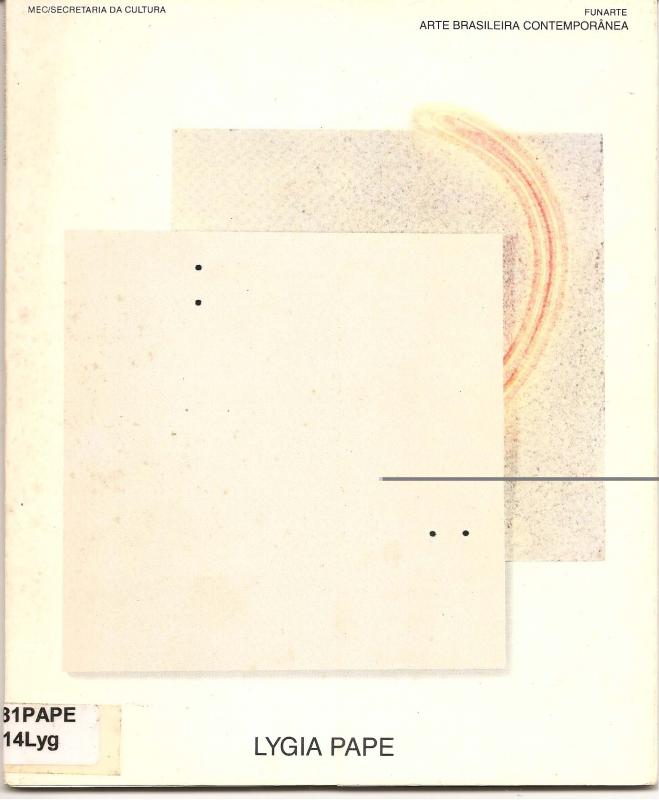The production of artist Lygia Pape (1927–2004) ably encompassed various genres: sculpture, engraving (Livro-poema, 1960), dance (Ballet neoconcreto, 1960), and film (O guarda-chuva vermelho [Red Umbrella, 1971]. She began her art studies with Ivan Serpa in the Grupo Frente in Rio de Janeiro (1955). She participated in the neo-concrete art movement from the publication of its manifesto in the Jornal do Brasil (March 1959), and she went on to become an emblematic figure through her radical proposals during the 1960s—she produced videos and installations that satirized the military dictatorship (1965–85)—and decades later. These metaphors became more subtle during the 1980s—a decade in which she took a somatic approach—when her work became a vehicle for dynamic corporal experiences within the existential, sensorial, and psychological realms. In all these cases, geometry (derived from the concrete influence) was key in her later works; at the same time, her proposals ran the gamut from a highly intellectual focus to the physical participation of an active-viewer. Her most notable works include Tecelares [Weavings], and her trilogy Livro da criação/Livro do tempo/Livro da arquitetura [Book of Creation/Book of Time/Book of Architecture] (1959, all) and later, TtEias [Webs, 1979].
[As complementary reading, see this other text by Mário Pedrosa in the ICAA digital archive: “Lygia Pape” (doc. no. 1111071)].

